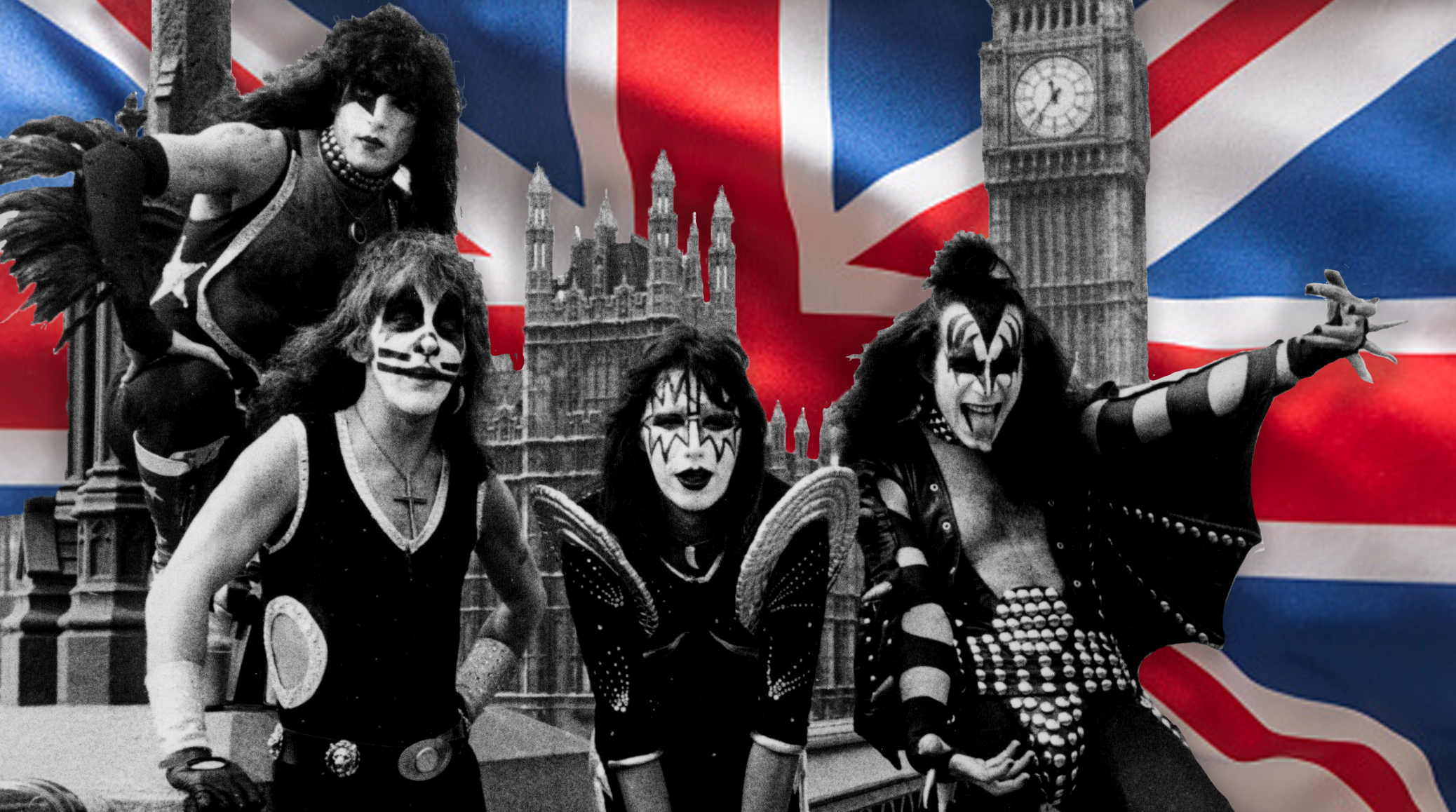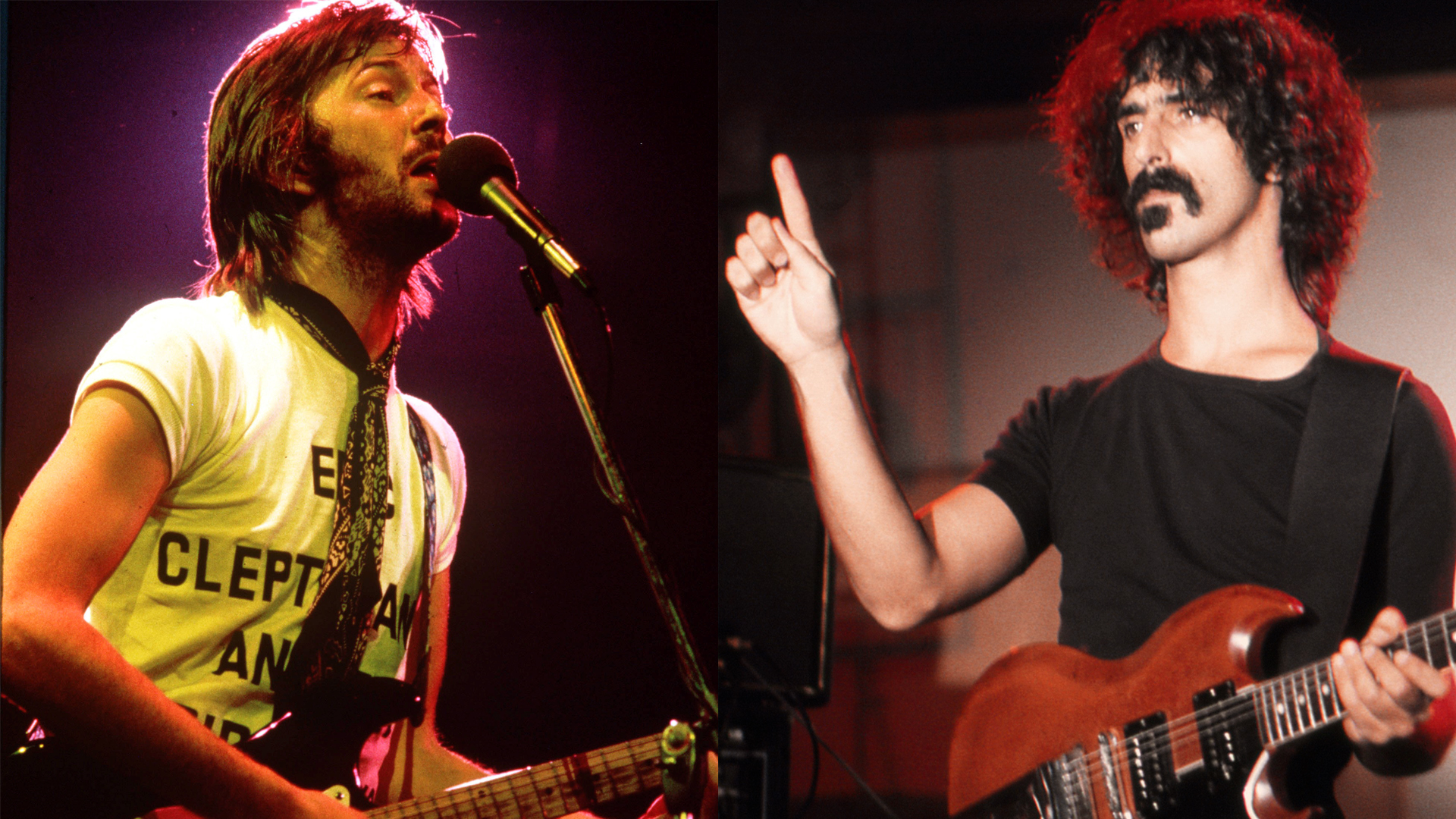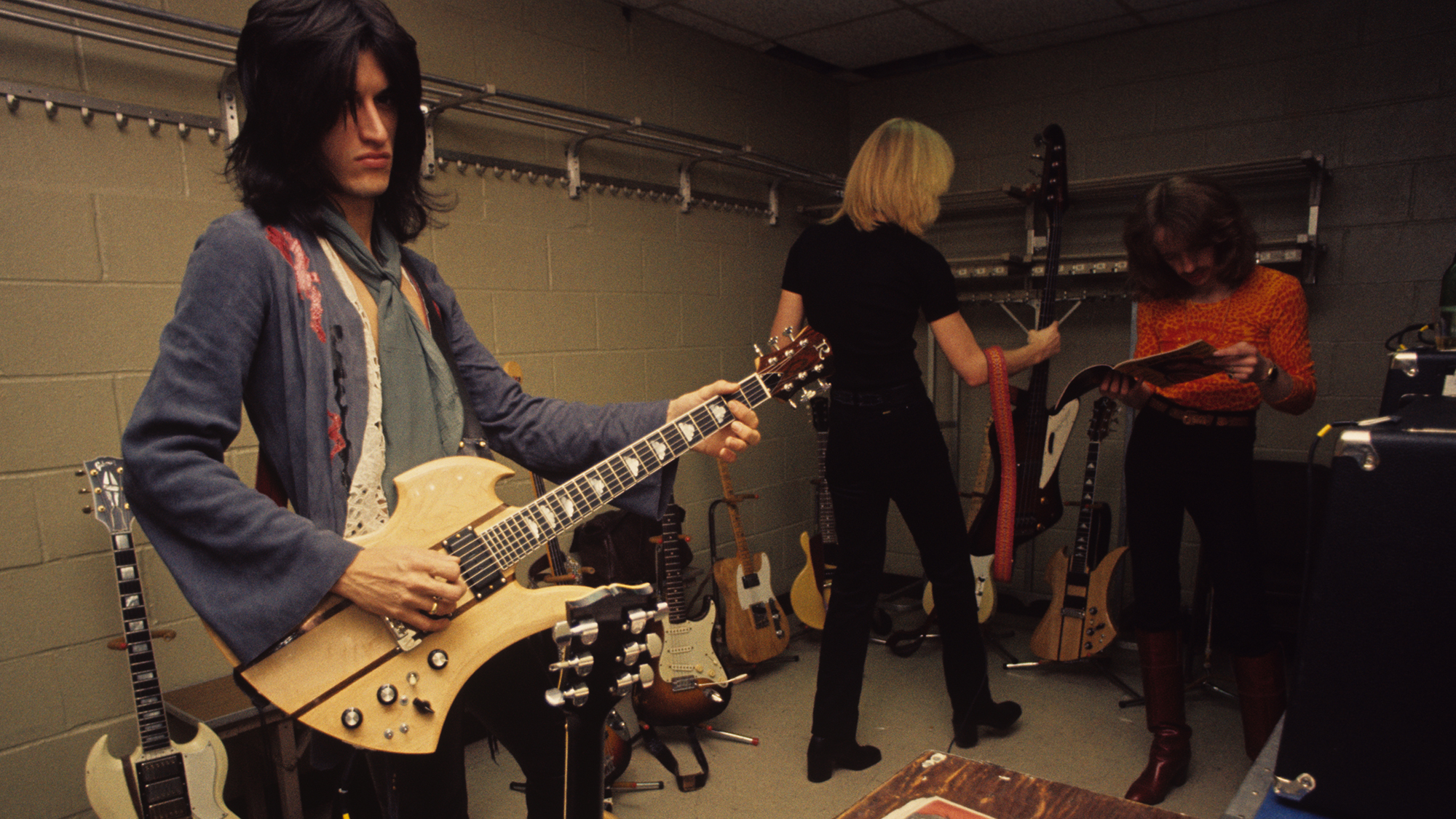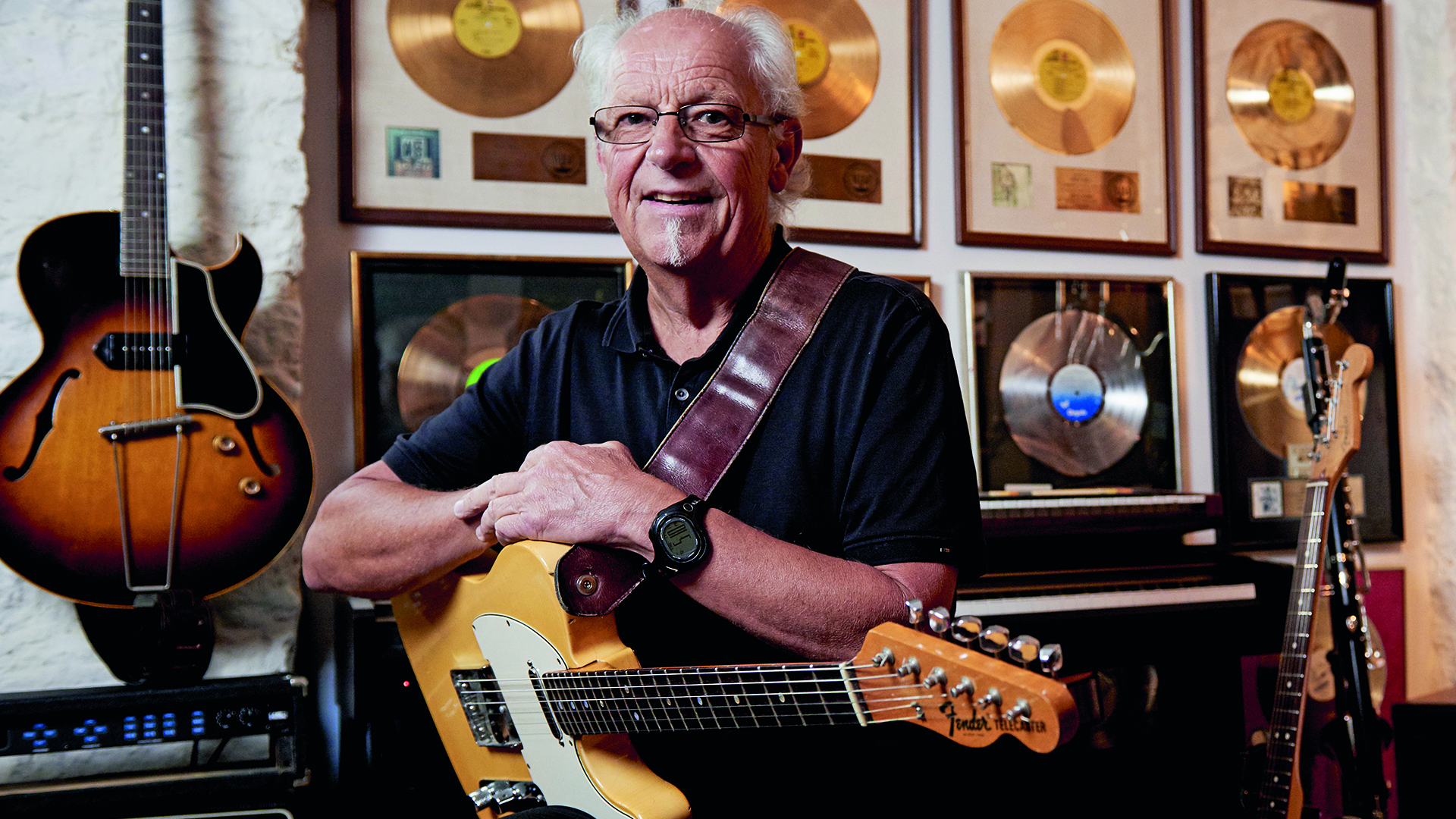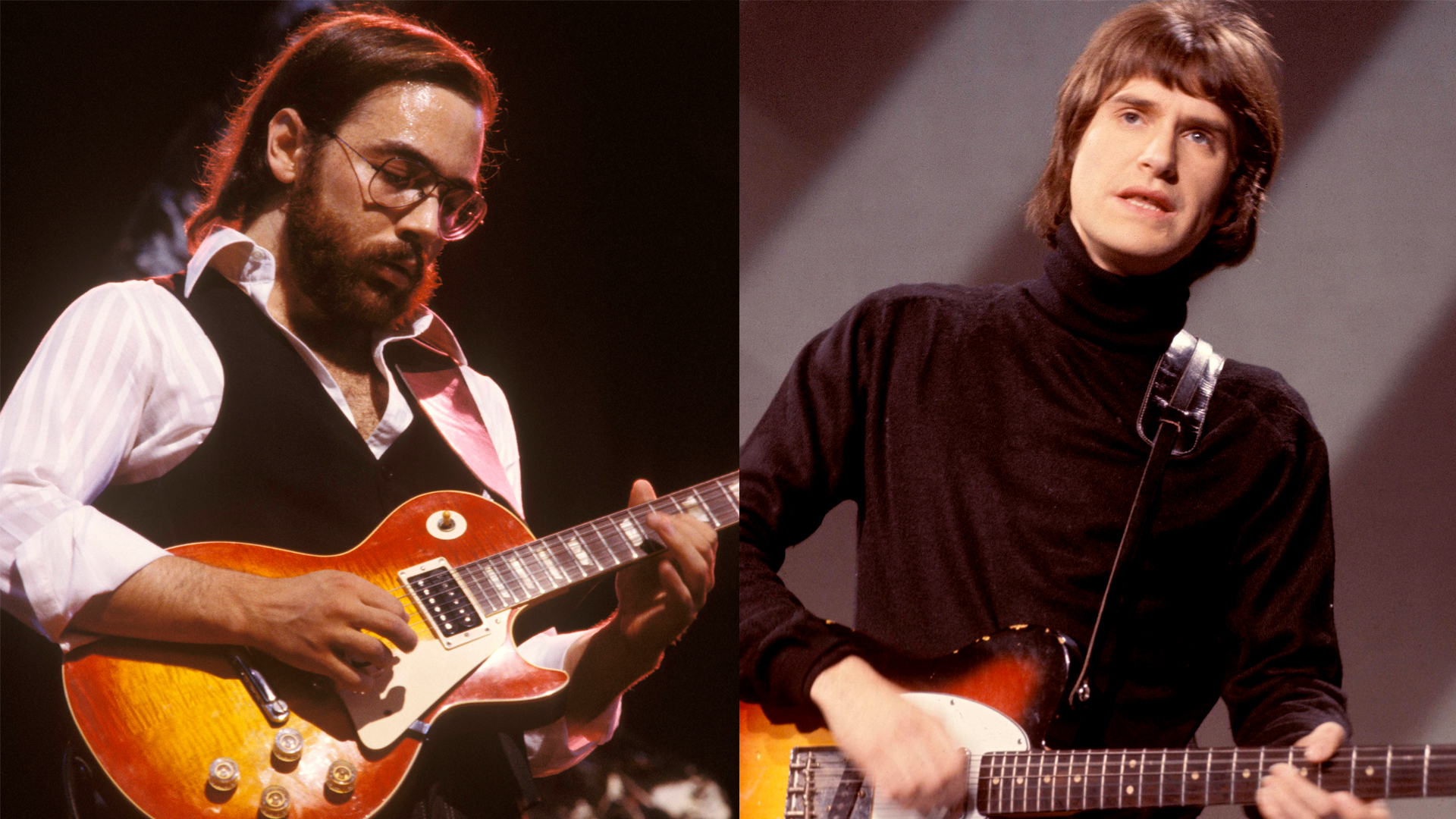“I was using a Telecaster because it had a really clean tone for my fingerstyle approach. Fleetwood Mac's pre-existing sound was much fatter, and they felt the Tele really didn’t fit”: Lindsey Buckingham on his turn to Turner guitars
Though numerous guitarists cycled through Fleetwood Mac in the years following Peter Green's departure, John McVie and Mick Fleetwood remained partial to the crunch of a Les Paul, which Buckingham was hesitant to adopt
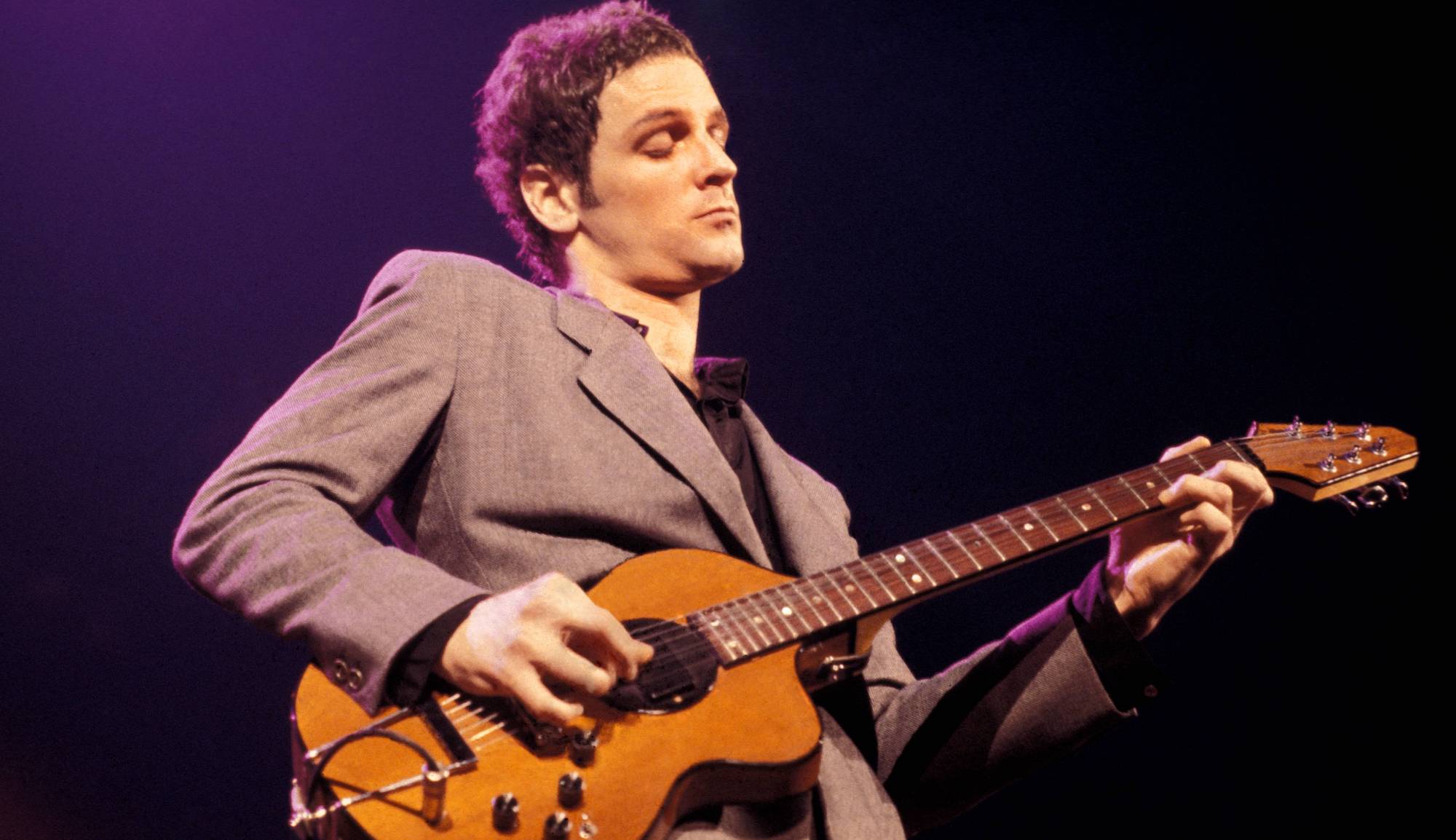
For well over four decades, former Fleetwood Mac guitarist Lindsey Buckingham has been synonymous with the Turner Model 1, a unique model created by the late luthier Rick Turner.
Buckingham's adoption of the model was, he says, the perfect solution to an issue he encountered upon joining Fleetwood Mac with his then-romantic and musical partner Stevie Nicks in 1975.
Though not yet the superstar he'd become, Buckingham was already a veteran electric guitar player, with an established fingerpicking style, by the time he joined the Mac. For that approach, Buckingham favored the cleans of a Telecaster, which didn't particularly jive with Fleetwood Mac, which had began life as a hard-charging blues-rock band under the leadership of the legendary Peter Green – wielder of “Greeny,” one of the most storied Les Pauls ever built.
Though numerous guitarists cycled through Fleetwood Mac in the years following Green's departure, the band's ever-constant rhythm section of John McVie and Mick Fleetwood remained partial to the crunch of a Les Paul, which Buckingham was hesitant to adopt.
“Before Fleetwood Mac, I was using a Telecaster because it had a really clean tone for my fingerstyle approach,” Buckingham explained to Guitar Player in a 2008 interview. “The band’s pre-existing sound was much fatter, and they felt the Tele really didn’t fit, however, so they asked me to use a Les Paul. But as someone who primarily uses his fingers to play, I found the Les Paul unsatisfying, especially onstage where it just wouldn’t cut through.”
Into the picture, then, came Rick Turner.
“The solution came in the form of Rick Turner, who had been working for Alembic and had made several basses for John McVie,” Buckingham told GP. “I asked him if he could design something that had the fullness of a Les Paul but the bite and percussiveness of the Tele, and he came up with the Rick Turner Model 1.”
Get The Pick Newsletter
All the latest guitar news, interviews, lessons, reviews, deals and more, direct to your inbox!
In that same interview, Buckingham also reflected on the eclectic array of influences that informed his fingerpicking technique.
“My early education came from a chord book and my older brother’s Elvis 45s,” the guitarist said. “Scotty Moore was one of the earliest players I was aware of, and he’d often employ fingerstyle to get that Travis roll going. I was also into the banjo and dug how bluegrass players with metal fingerpicks and plastic thumbpicks could get serious velocity going. I think all of that found its way into my playing.”

Jackson is an Associate Editor at GuitarWorld.com and GuitarPlayer.com. He’s been writing and editing stories about new gear, technique and guitar-driven music both old and new since 2014, and has also written extensively on the same topics for Guitar Player. Elsewhere, his album reviews and essays have appeared in Louder and Unrecorded. Though open to music of all kinds, his greatest love has always been indie, and everything that falls under its massive umbrella. To that end, you can find him on Twitter crowing about whatever great new guitar band you need to drop everything to hear right now.
Guitar Center's Guitar-A-Thon is back, and it includes a colossal $600 off a Gibson Les Paul, $180 off a Fender Strat, and a slew of new exclusive models
"We tried every guitar for weeks, and nothing would fit. And then, one day, we pulled this out." Mike Campbell on his "Red Dog" Telecaster, the guitar behind Tom Petty & the Heartbreakers' "Refugee" and the focus of two new Fender tribute models

